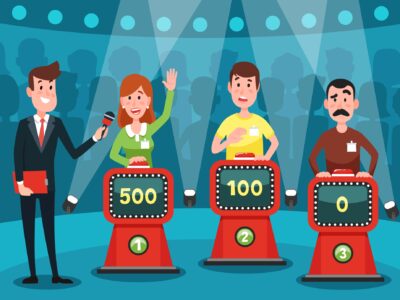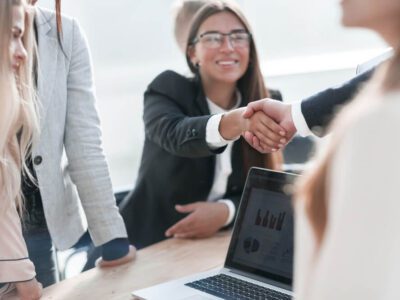It’s a common problem, especially in today’s world with so many demands coming at us from so many directions — you know what needs to get done, you know how it needs to get done, but for some reason, you’re struggling to “just do it” already.
You’re not alone!
It’s a common problem, and there are things you can do to help overcome this frustrating mental gap. But first, it helps to understand the difference between intention and action, and the divide that separates them.
The intention-action gap happens, notes Paul Thagard, a professor of philosophy in the University of Waterloo’s Faculty of Arts and 2013 Killam Prize in a research paper, when our conscious intentions to act a certain way — i.e. when a new project assignment is handed out, you’ll get started working on it immediately! — is derailed by unconscious, automatic responses that are a reaction to the environment around us — i.e. it’s the end of the day when you get the assignment, and you’re tired, so you put it off until tomorrow.
It’s not a matter of weak willpower, or laziness, or procrastination.
It is an automatic process that your brain has settled on as the reaction to the environment around it. It’s cold outside, so it wants to stay curled up and cozy on the couch rather than do the chores, so it’s harder to get motivated to get started, for example. These responses are things you aren’t consciously deciding on, but are ingrained in your psyche — but that doesn’t mean they can’t be changed.
Making Distributed Cognition Work for You
This is where a process called distributed cognition comes into play. This is, at the most basic level, the process of training your brain to use certain environmental cues as triggers to meet your goals, instead of as obstacles.
It’s not an immediate, overnight fix, but a few steps you can take include:
- Take note of your work environment. What is the temperature? What distractions are there? What time do you start and stop for the day? Make note of the things you can’t necessarily change, but that could be contributing to unconscious environmental triggers.
- Start small. Set yourself some reasonable goals — don’t try to tell yourself you can get an entire month-long project done in a week when you know that’s not really possible. Instead, set realistic goals such as every Friday when the week’s numbers are input at the end of the day, you’ll take a half-hour before leaving for the weekend to go through them and double-check everything. Think simple and easy to achieve.
- Tie your environmental triggers to the goal. The numbers always come in at 3:30 pm, so by 4 pm you need to be working on them. You have a team meeting every Wednesday at 11 am, and as soon as it’s over you’ll spend 30 minutes going through the morning paperwork. The more of your goals you can consciously tie to environmental factors, the more you’ll be able to make the process of distributed cognition work for you over time.
The Psychology of Planning
All of this ties back into the very real scientific process of the psychology of planning and executing tasks. The more you train your unconscious brain that specific triggers in your environment mean you need to take specific actions — you notice the floor is dirty, so you need to vacuum is another good example of this — the more you free up your conscious brain to focus on the task at hand since less of your energy will need to go toward pushing past these unconscious roadblocks.
As more workplaces struggle with trying to get work done in less than ideal environments with conflicting triggers for home and work life, event planning can be even more frustrating. Companies like TeamBonding are also here to help in more ways than one. We offer many more event planning tips throughout our TeamBonding blog.
Free up your mental real estate by allowing someone else to do your corporate event planning, so you can then just focus on the execution, making it one less hurdle to jump. TeamBonding helps bridge the gap between intention and action by taking out some of the variables and allowing you to focus all of your attention on the important tasks that need to get done.
If you’re still adapting to the new normal and looking to keep your virtual team engaged, view our Virtual & Remote Online Team Building Activities.
If you have a hybrid company culture and are looking to reconcile your remote teams with your in-person teams, view our Hybrid Team Building Activities.
If you’re starting to return to your office space and resuming in-person activities, view our In-Person Team Building Activities.













